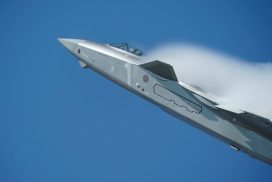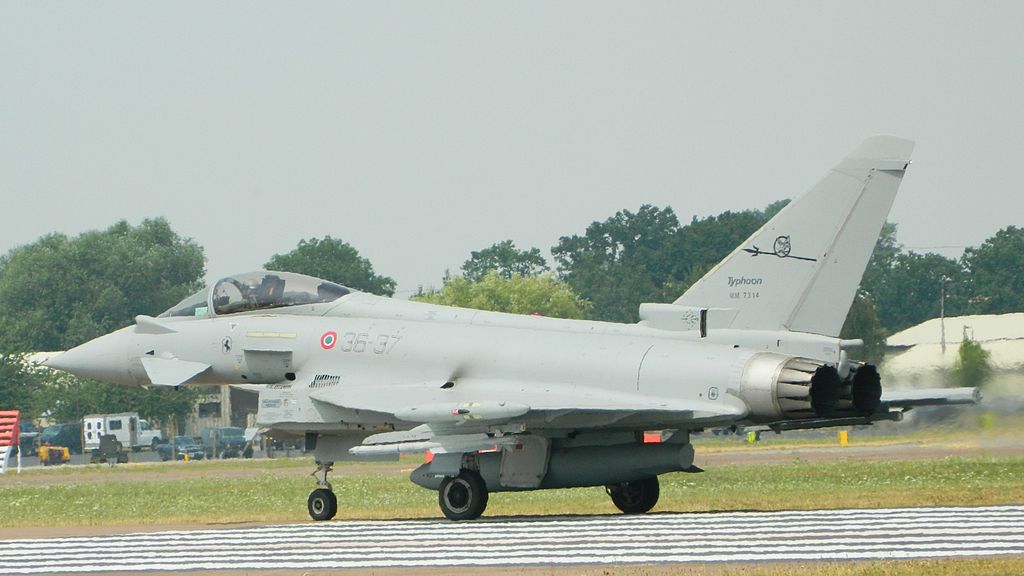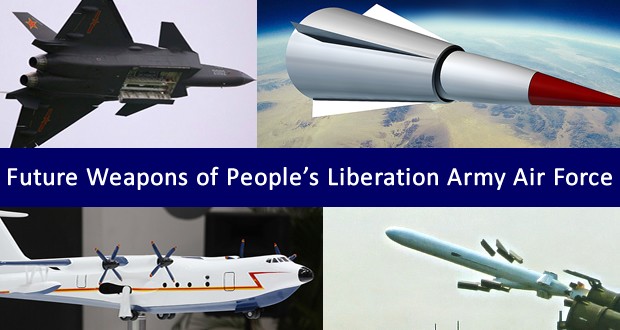a onblur=”try {parent.deselectBloggerImageGracefully();} catch(e) {}” href=”http://bp1.blogger.com/_RRbP6fpJWAc/RvvFTvzufrI/AAAAAAAAAUg/p9gv_bXMlNQ/s1600-h/growler0925flash.jpg”img style=”margin: 0pt 10px 10px 0pt; float: left; cursor: pointer;” src=”http://bp1.blogger.com/_RRbP6fpJWAc/RvvFTvzufrI/AAAAAAAAAUg/p9gv_bXMlNQ/s320/growler0925flash.jpg” alt=”” id=”BLOGGER_PHOTO_ID_5114898744850939570″ border=”0″ //aLike a proud parent, Boeing Co. handed over the keys of its newest fighter plane Monday.br /br /With all the pomp one might expect, the aerospace giant formally delivered to the U.S. Navy its first EA-18G Growler, a next-generation electronic warfare version of the F/A-18 Super Hornet, in a ceremony at its final assembly plant.br /br /There were politicians and engineers and officers dressed in crisp white. There was a snazzy video and group photos and congratulations all around. And at the center of it all, there was a plane, dubbed “G-1,” that Navy officials say will be a “game-changer” in the world of jamming enemy radar and ground defenses.br /br /”This is a good day for the Navy, a good day for the nation,” said Rear Admiral Kenneth Floyd, who oversees aviation requirements for the Navy. “I think the only people having a bad day are the people who’ll wind up on the business end of this thing.”br /br /Plans are to build 85 of the planes, at roughly $60 million apiece, to complement the Navy’s fleet of Super Hornets and improve on the slower, Vietnam-era EA-6B Prowler.br /br /”G-1″ will go through flight testing next year and enter service in 2009. Meanwhile Boeing will continue to pump out the planes at its plant north of Lambert Field, about 20 a year through 2012.br /br /The company and the Navy have been working together since 1993 to develop the Growler, which shares an airframe with the Super Hornet and fighter-jet speed, but contains another 2,500 feet of wiring and 1.5 million more lines of software code.br /br /”(The team) had to design and integrate all that and everything else involved in the Growler into the existing Super Hornet production line,” said Chris Chadwick, vice president of Global Strike Systems for Boeing. —…’Seamlessly’ is all that was asked for.”br /br /Hanging over Monday’s celebration, though, was the question of how many more Growlers and Super Hornets will get built.br /br /Production on the planes, which provide about 5,000 jobs here, is due to end in 2012, and Lockheed Martin’s Joint Strike Fighter is eventually slated to replace the Super Hornet.br /br /But development has lagged on that plane, and so Boeing recently offered a new multi-year contract for 170 more Super Hornets, at $49.9 million each. It says talks continue with the Navy about the deal.br /br /Military officials have been noncommittal, at least publicly. At Monday’s ceremony, Delores Etter, the Navy’s acquisition chief, said her service is studying how many more fighters it may need.br /br /”The operational side is always reassessing their needs,” she said. “Whatever they determine they need, we’re glad to help.”br /br /Meanwhile, Boeing is beating the bushes for foreign orders, which can extend the production line and keep the price down.br /br /Last year, it inked its first deal, for 24 Super Hornets to Australia, and Chadwick said that country has “shown interest” in 24 more.br /br /It is offering to build 126 of the planes for India, in a six-way competition for the decade’s biggest fighter buy.br /br /And Japan and Switzerland soon may be in the market for Super Hornets as well, Chadwick said.br /br /But Monday’s event was a celebration of the Growler, the fastest, most versatile radar-jamming plane the Navy has yet known. And when it was over, as some white-uniformed officers milled about by G-1’s wing, they sounded a little like teenagers who were given the keys to a new car.br /br /”People are going to find ways to use this airplane that no one’s even thought of yet,” said Capt. Tom Tack, who commands the electronic attack wing for the Pacific fleet. “It’s going to be an unbelievable airplane.”
Menu
Copyright © 2007- 2025 • Defence Aviation • All Rights Reserved. Reproduction without explicit permission is prohibited.



